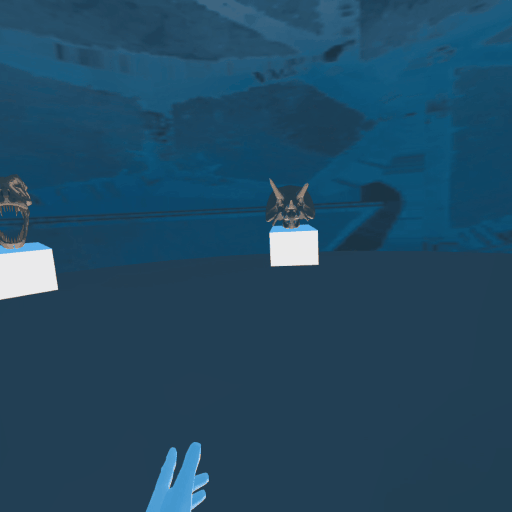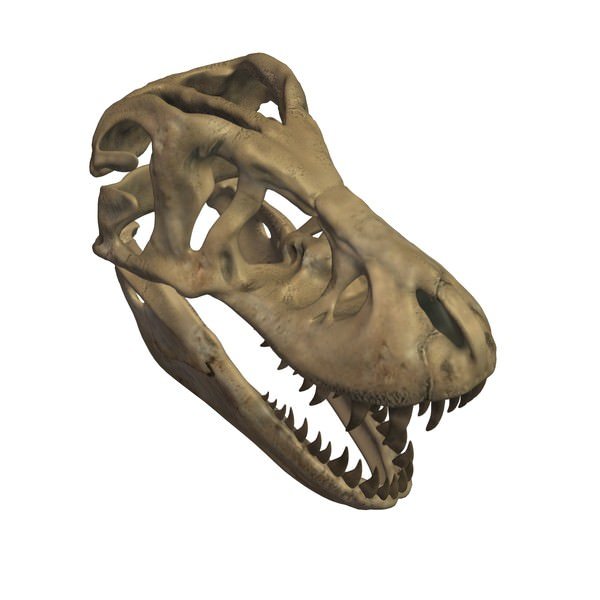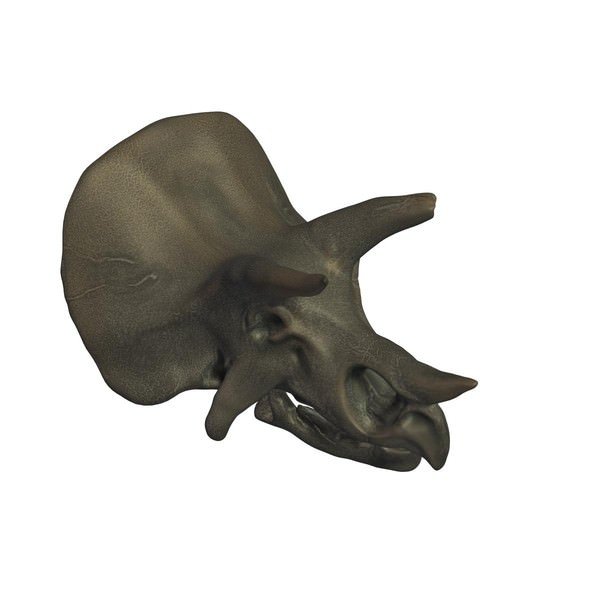KIT208 Assignment 2
A downloadable game
Museum
Introduction

In the museum application you can choose and view an item at an enlarged scale while also seeing information about that artifact. This shows people how something looks without the artifact needing to be present. This only aims to be a proof of concept of what a full application could look like.
Description of the Application
The application is a virtual museum. To use the application the user needs to press down on either of the index triggers. This makes a pointer appear at their hand (that used the trigger) that they can then use to select an artifact by pointing at it. The artifact will then stay selected until another is selected. While an artifact is selected, a larger version of it appears with text detailing what it is and information about it.
With this application using VR (Virtual Reality) it offers advantages over other mediums of viewing content. One advantage would be that VR allows people to view objects in 3D compared to other methods of viewing the same content which would be via a 2D image (whether that would be in a book or digitally on a screen). This can also be a more immersive experience. Another advantage is that viewing the artifact doesn’t have to be done in person, so while viewing an artifact at a “real” museum might be a better experience for viewing some artifacts, this option would require no travel time assuming that a user already had access to a VR headset.
Interaction Design
The application needs a way for the user to interact with content and choose which artifact is selected. The only interactions in the application are those mentioned above of using the index triggers to activate a pointer and touching an artifact with a pointer to select it to display a larger version of itself along with information about it.

Without this type of interaction, the virtual area needed to display artifacts would be much larger. If the application was scaled up (without this type of interaction) to host a larger range of artifacts, a user would have to move around to different areas like in a real museum. This type of interaction would be less ideal as some users find VR movement disconcerting.
Development
The interface technology used for making the application was Oculus Quest, and the engine used for the application was Unity.
Interaction with the application requires a VR headset and controllers. The only inputs that are taken from the user, excluding movement of the Oculus headset, are pressing the index triggers to enable the selectors, and the secondary input of moving the controllers. A user can then use these in combination to enable the selectors and use them to choose the artifact that they want to view.
3D Models
The models used for the scene include two dinosaur skulls of a Tyrannosaurus and a Triceratops for sample museum artifacts. There is also a half sphere/igloo shaped object that is used for the room. The dome that the dinosaur skulls are in, is in the gif and images above. An image has not been provided here because it was made from a sphere in Blender with flipped normals so it can only be seen from the inside.


In conclusion, this proof of concept application has demonstrated an interaction that takes place in Virtual Reality and how that has advantages over other mediums.
References for making the Application
Software:
Unity Technologies (2022), Unity 2022.3.3f1 [Computer Software], https://unity.com
3D models:
printable_models (2018), Tyrannosaurus Rex Skull Fossil V1 [3D Model], https://free3d.com/3d-model/tyrannosaurus-rex-skull-fossil-v1--435971.html
printable_models (2018), Triceratops Skull Fossil V1 [3D Model], https://free3d.com/3d-model/triceratops-skull-fossil-v1--579298.html
Dinosaur facts:
Padian, K. (2023, August 16). tyrannosaur. Encyclopedia Britannica. https://www.britannica.com/animal/tyrannosaur
Scannella, J. B. (2023, July 9). Triceratops. Encyclopedia Britannica. https://www.britannica.com/animal/Triceratops
(no AI generated code/content was used)
| Status | Released |
| Author | Matthew_L5 |